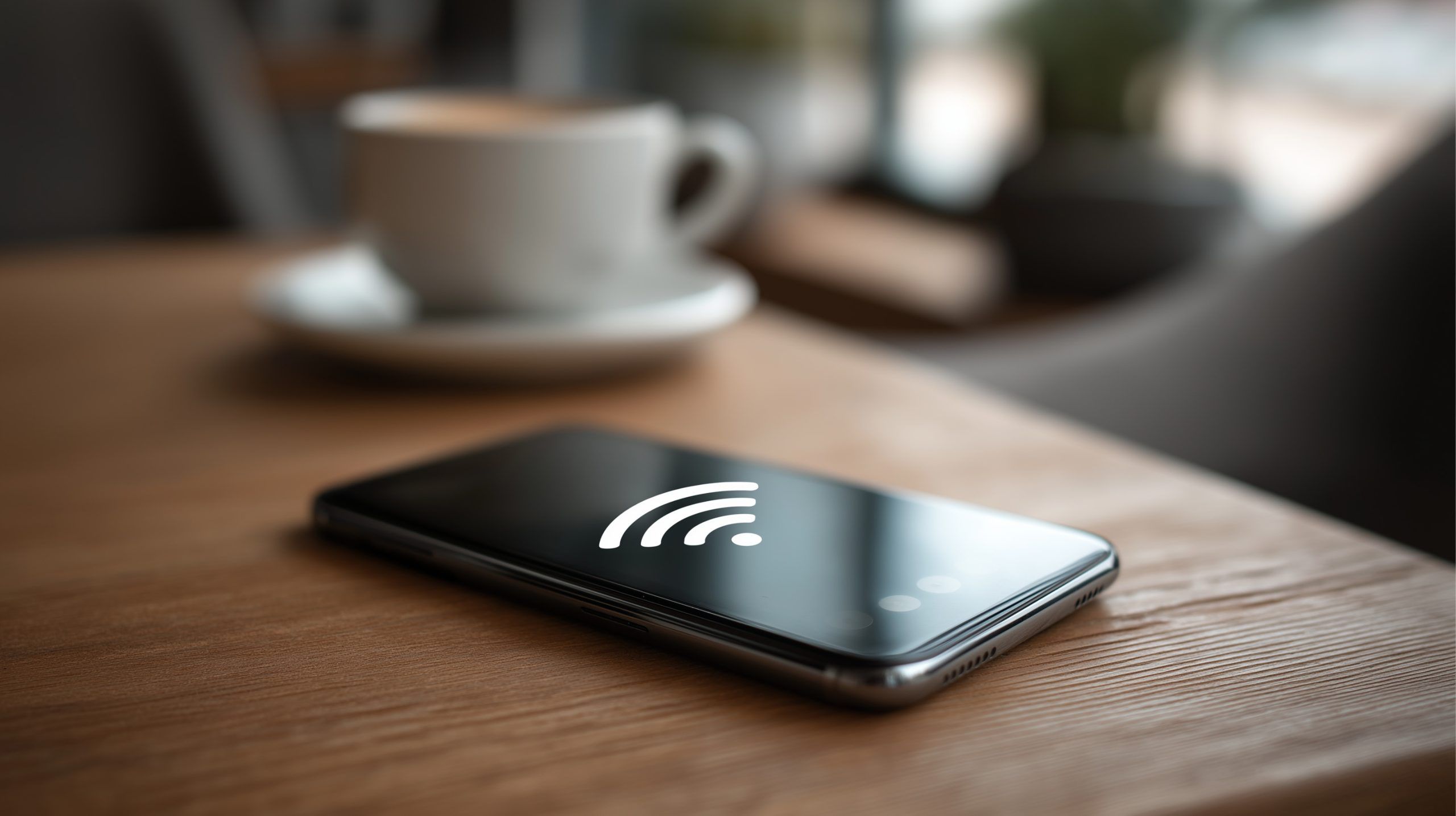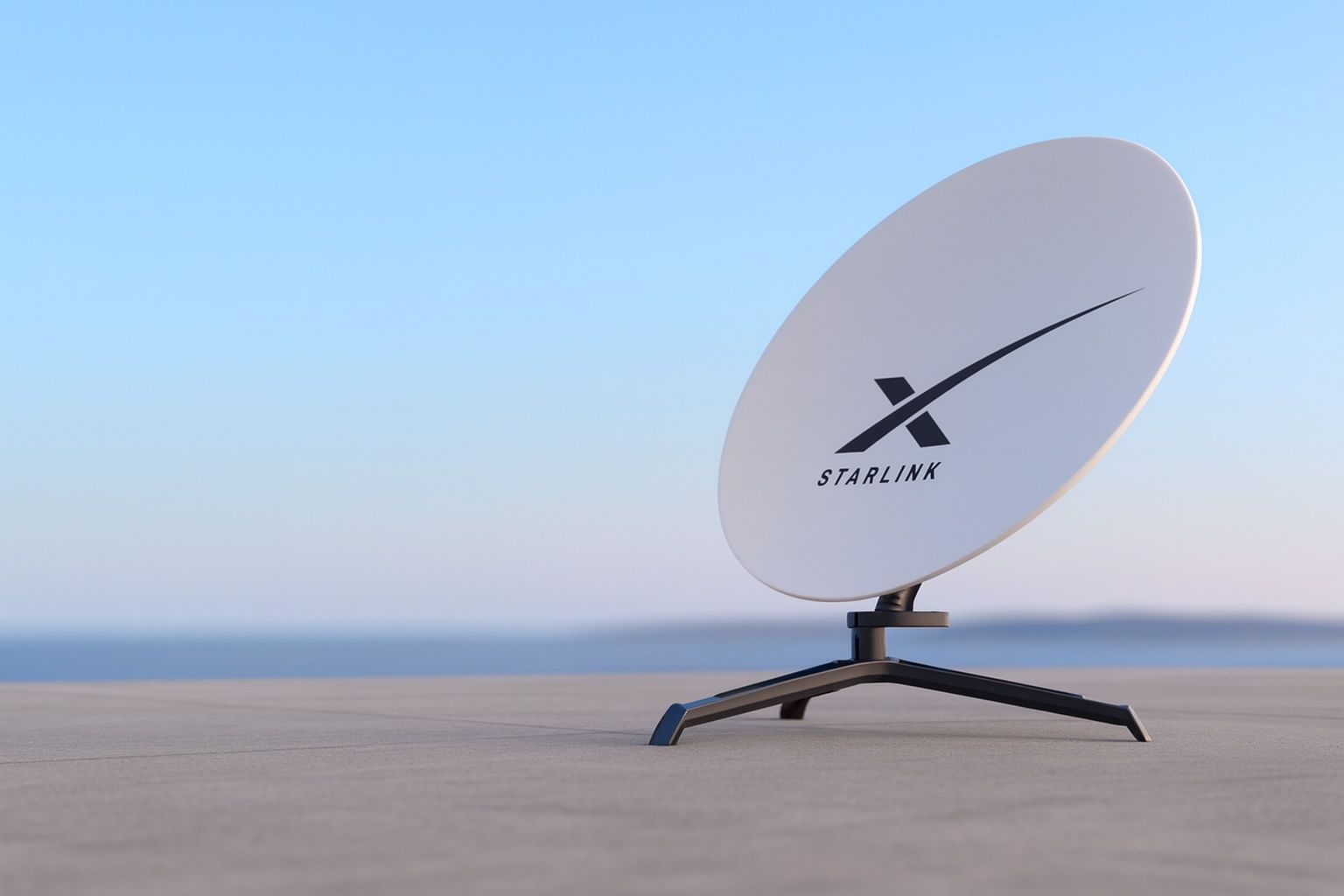
Global Internet Access Shockwaves: Cable Cuts, Censorship & Broadband Booms (Sept 6–7, 2025)
Massive Outages and Network Disruptions On September 6, a sudden multi-cable break in the Red Sea sent shockwaves through global connectivity. Several undersea fiber-optic cables (including the SMW4 and IMEWE systems) were simultaneously cut near Jeddah, Saudi Arabia beaumontenterprise.com. The










